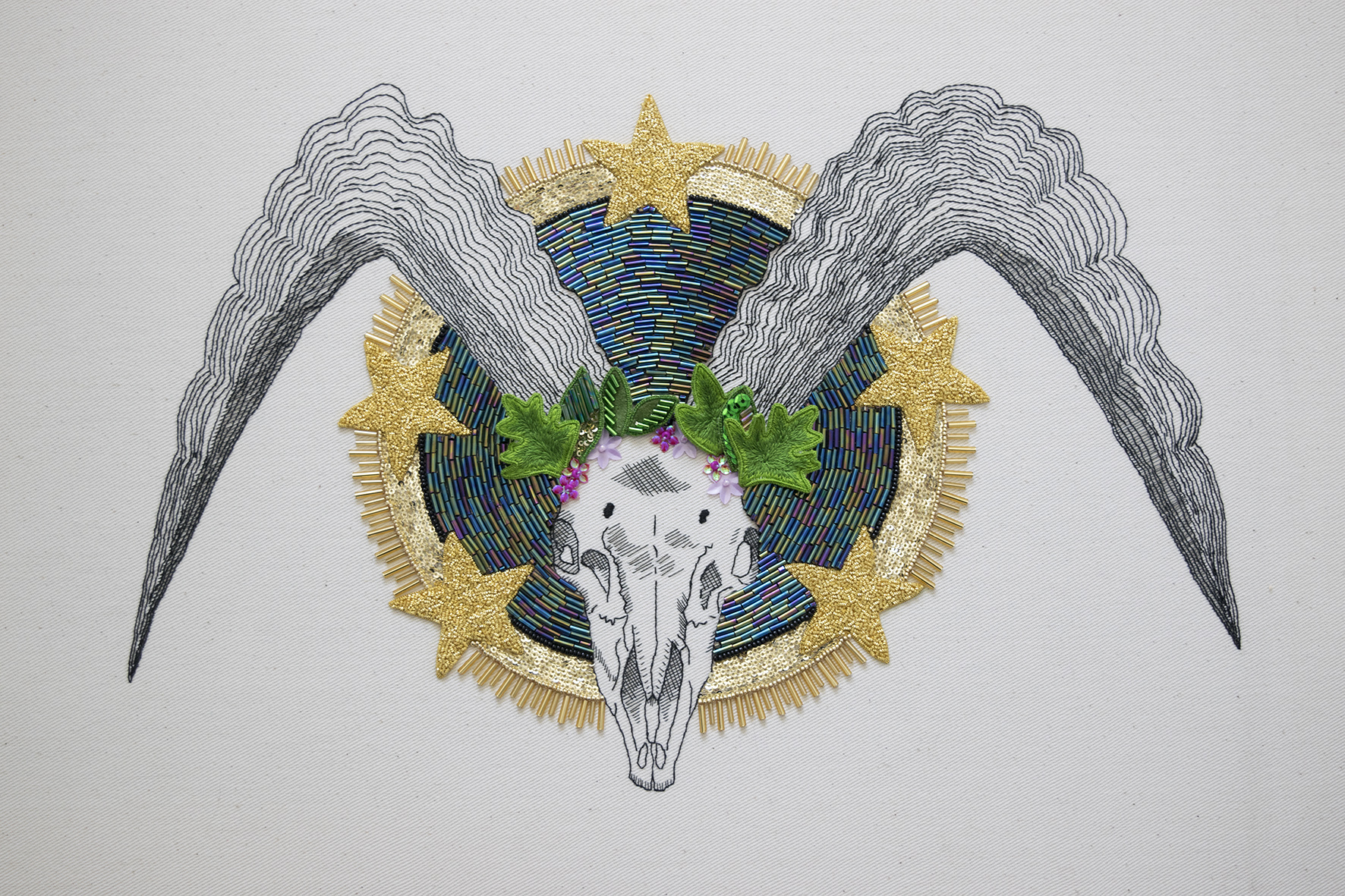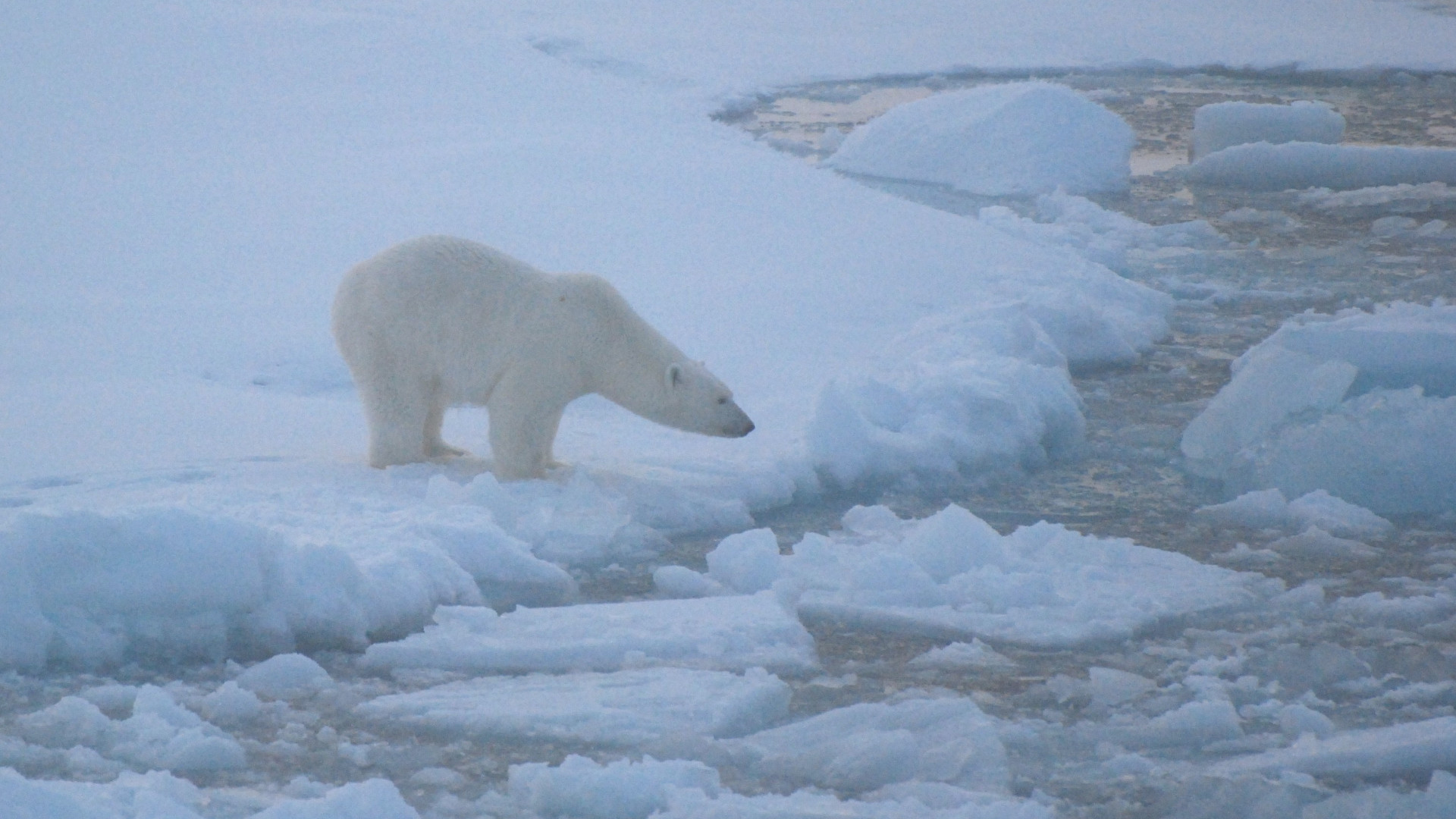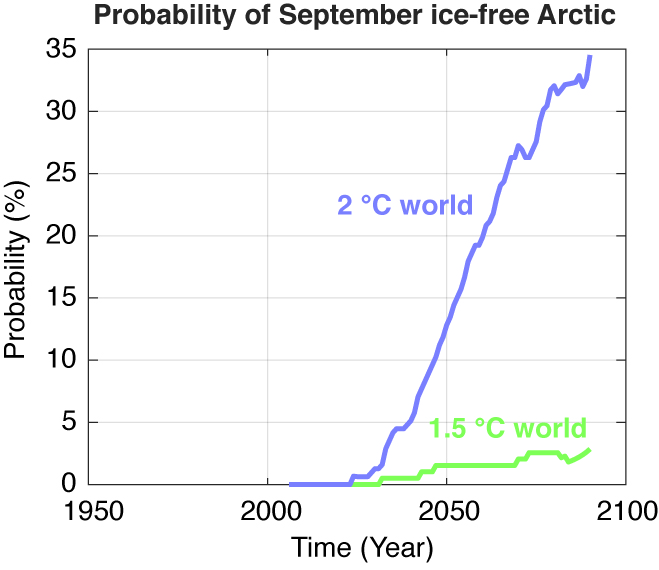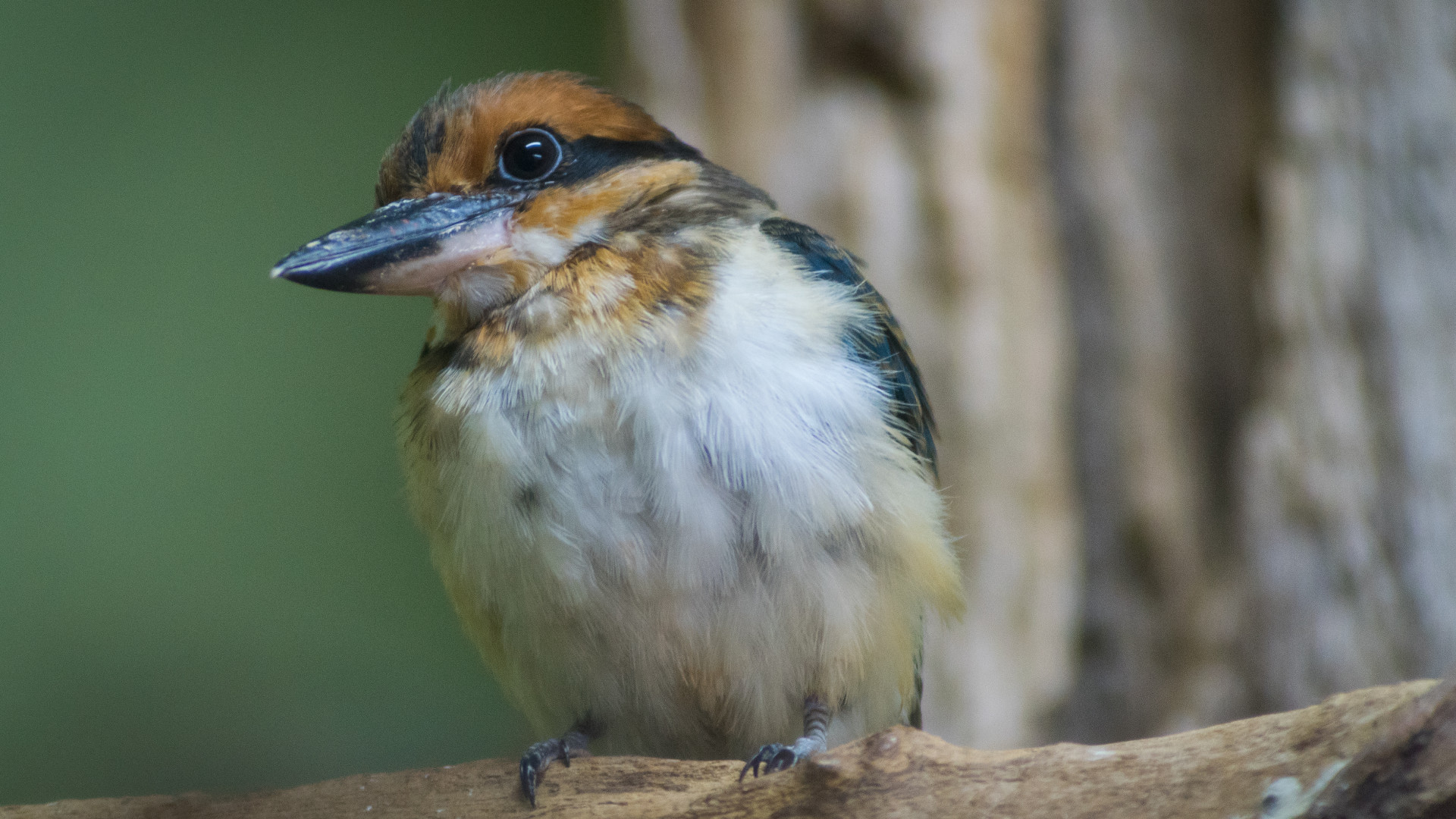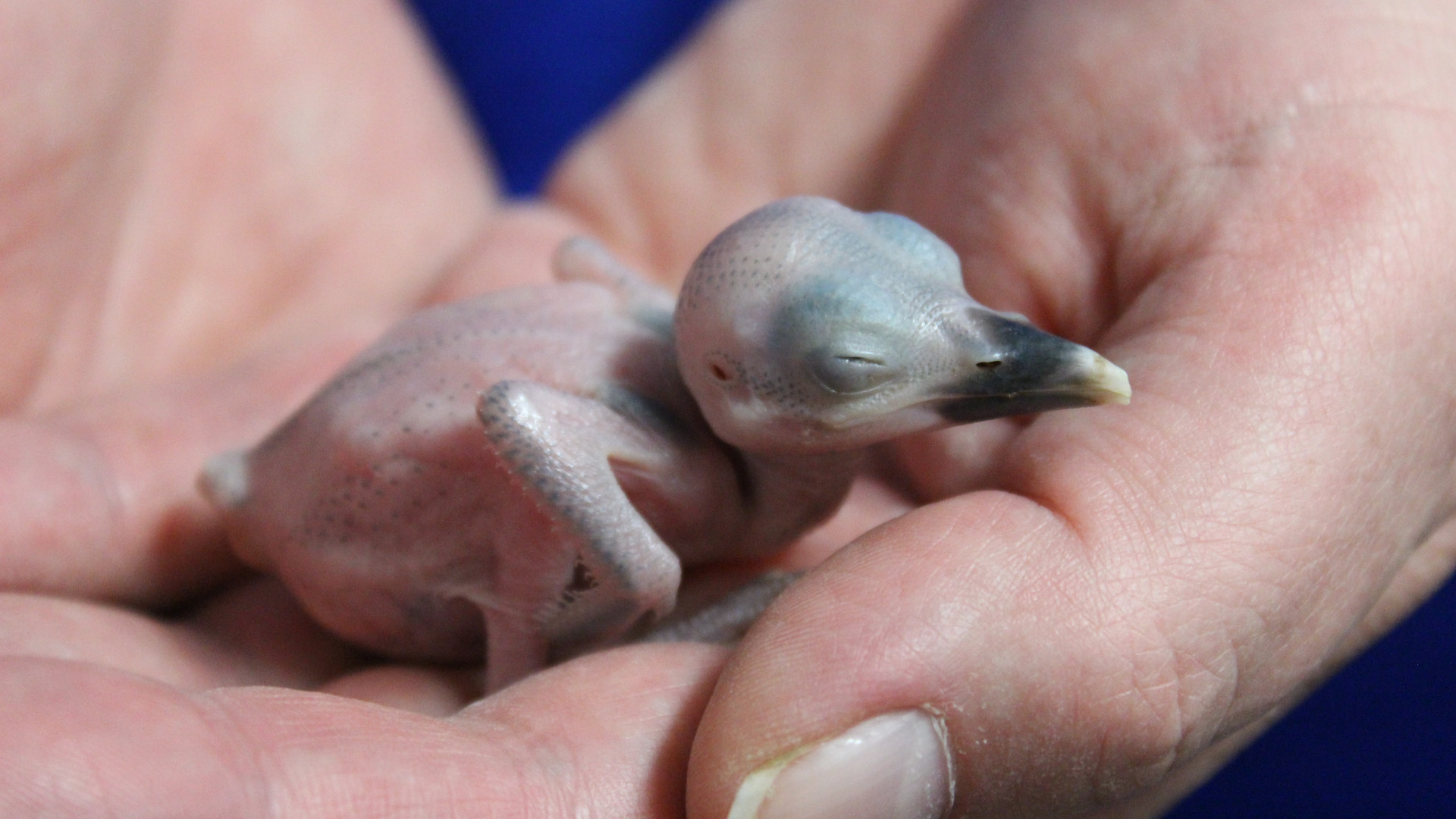Conservation, renewables, organic, sustainable. These have become colloquialisms in the energy, ecology and agricultural sectors. But in the fashion industry? Not so much.
What little progress there has been toward more “sustainable” fashion comes on the coattails of the food movement. The same way we’ve become sticklers for sustainably sourced seafood, local broccoli and, among the most diehard true believers, cashew cheese, we’re increasingly asking “Who made my clothes?” One of these days, we may be as curious about our hangtags as our ingredient labels.
Fashion stands to gain much by following the food movement’s lead. But it should avoid one pitfall that bottlenecked our progress in sustainable food: the fallacy whereby consumers wrongly equate “natural” with “good.”
Philosophers have grappled with this idea in moral ethics and environmentalism since at least the turn of the 20th century. Today it’s become a new, more pernicious form of greenwashing. We see the words all natural emblazoned on an array of foodstuff wrappers from meats, breads, dairy products and drinks to , until recently, chips in the Frito-Lay family, all touting spurious health claims.
Sadly, the “natural” fallacy is now spilling into fashion. The same way the food industry has misled well-intended “conscious consumers” to believe an “all-natural” label is somehow more regulated or more sustainable, fashion companies are now coopting consumers’ established notions around food sourcing and using them to their advantage. In the United States, brands tout “natural production methods” and suggest that materials like cotton and bamboo (viscose rayon or bamboo linen) are better for the environment without substantiating their claims (hint: they’re not). Unfortunately, in a regulatory environment that defers to industry to set the agenda, consumers are unable to get a clear view.
King Cotton
Let’s look closer at the fabric of our lives to illustrate this point. Most consumers who subscribe to “sustainable dressing” believe that cotton, in its plant-based glory, reigns supreme over its devilish and cheap alternative, synthetic polyester. “Earth good, chemicals bad.”
But, as with most things in sustainability, it’s not zero-sum.
Cotton, even in its organic form, uses a vast amount of water, land and energy. Estimates put the water requirements for organic cotton somewhere in the ballpark of 1,400–3,400 gallons per pound of fiber. When it comes to land use, cotton is cultivated as a genetically modified monocrop in the United States, meaning it depletes, rather than replenishes, the soil.
Ironically, this over-engineering does not actually increase output. Only a third of the yield gets used in textile production. Adding to this, organic cotton also requires fossil fuels to provide energy for irrigation and produce the chemicals and fertilizers needed to sustain its growth. Accounting for this added energy expenditure, the arithmetic of that shockingly puts organic cotton on a par with virgin polyester.

Polyester, on the other hand, requires slightly more energy expenditure up front, but can be recycled infinitely in a near closed-loop system without any quality degradation. Also, it requires little to no water, even in virgin production.
Assessing polyester and cotton on the basis of their transport footprint, they weigh relatively equally, since the United States largely imports both textiles from across the Atlantic.
Playing the Long Game of Durability
When it comes to longevity, cotton doesn’t hold up like polyester. When recycled, cotton fibers gradually degrade, producing a lower-quality thread. Today there’s not much use for recycled cotton other than industrial rags or paper. Eventually most of it ends up in landfills.
While there are valid and important concerns about microplastics and toxins entering the water supply during the production and garment care of polyester, it slightly edges out cotton in this category because it’s more stain-resistant, holds its shape and washes better in cold water.
All data considered, it’s hard to make an outright call on eco-impact, unless organic cotton is compared against recycled polyester, in which case, the latter “unnatural” fiber wins. This isn’t as clear-cut for virgin polyester. Still, in this gray area, one thing is undeniable: The ecological halo around “natural” cotton is mostly hype.
Dyes from Past Decades
The same thing goes for dyes. Increasingly we praise indie brands for “going back to nature” and “honoring slow processes” when they use avocado pits and indigo instead of acids and AZOs. But there’s more to the story than the hangtag tells.
Sure the dyes are plant-based, but were they sustainably or organically grown? How much land and water did they use?
Natural dyes put strains on resources, just like natural cotton, and they can be as toxic as their chemical counterparts if dumped into waterways.
Then we get to issues having to do with application. Usually more “natural” dye is needed to achieve the desired outcome than with synthetics, and, even when that’s executed right, consumers often complain the colors aren’t saturated enough and quickly fade. What happens next? Buyers trash their naturally dyed garments, which end up in landfills, and resort to “conventionally” dyed ones. And the vicious waste cycle continues.

This isn’t to say synthetic dyes are a positive alternative. Quite the contrary. But with limited resources and a growing population, natural dyes alone won’t sustain us. Reverting to old methods of dyeing only holds the industry back from more intelligent solutions.
Forces Against Nature
A better way forward will come from innovation — namely, technologies that fuse nature and science to minimize or eliminate toxic chemicals, petroleum, water and emissions from garment production.
Right now there’s a nascent group of companies creating solutions, and they’re backed by big names like H&M, through its Global Change Awards, and accelerators like Fashion Tech Lab.
Dropel is probably the best example of this “fusion” approach. By adding a protective layer of hydrophobic polymers to natural fibers, they’re creating more functional textiles. In essence they’re “life-proofing” garments for the long haul. Other innovators, like Evrnu, have developed technologies that make recycled cotton more viable. So viable, in fact, that Levi’s used it to make a pioneering pair of jeans from recycled cotton T-shirts.
Yet, despite this progress, fashion tech startups like these still need more funding. And to get it, they need to garner the attention of mainstream consumers. Regrettably, this could take longer if we stay wedded to the idea that “natural is better.”
While this thinking has been helpful in slowing rampant consumerism temporarily, if fashion is to go from small, homespun solutions to sustainability at scale, the industry’s future hinges on moving beyond it.
This doesn’t mean abandoning natural processes outright, but instead examining them to see if they are, indeed, the best options. With deeper analysis and a more logical approach to design that plans for things like circularity and longevity, we won’t have to revert “back to nature” to clothe ourselves.
© 2017 Kasi Martin. All rights reserved.



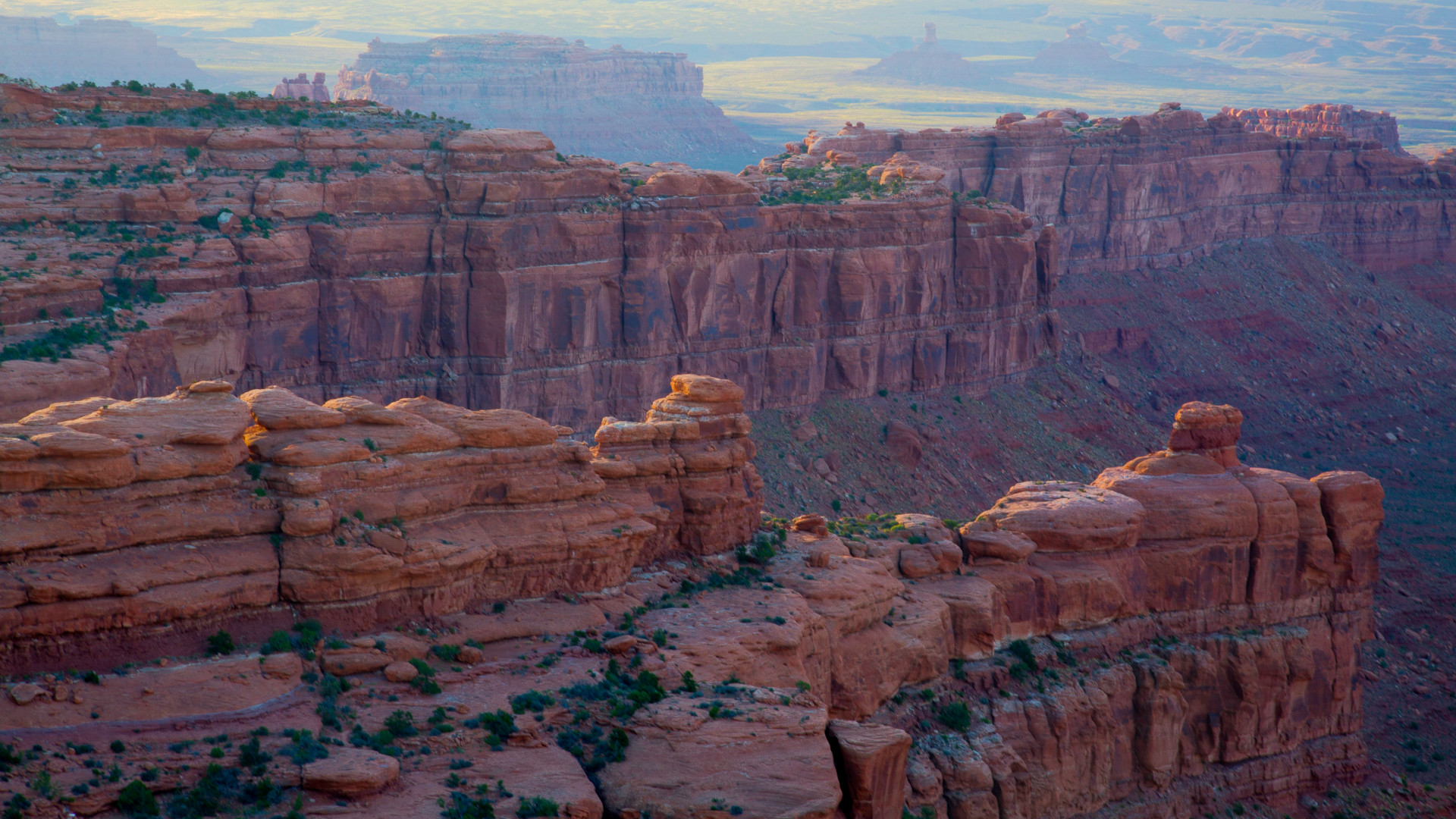
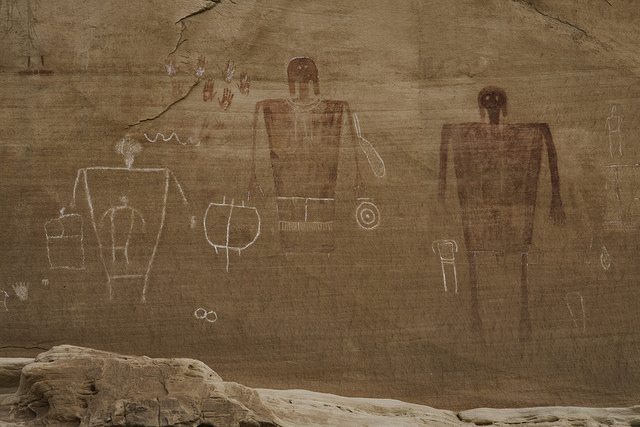

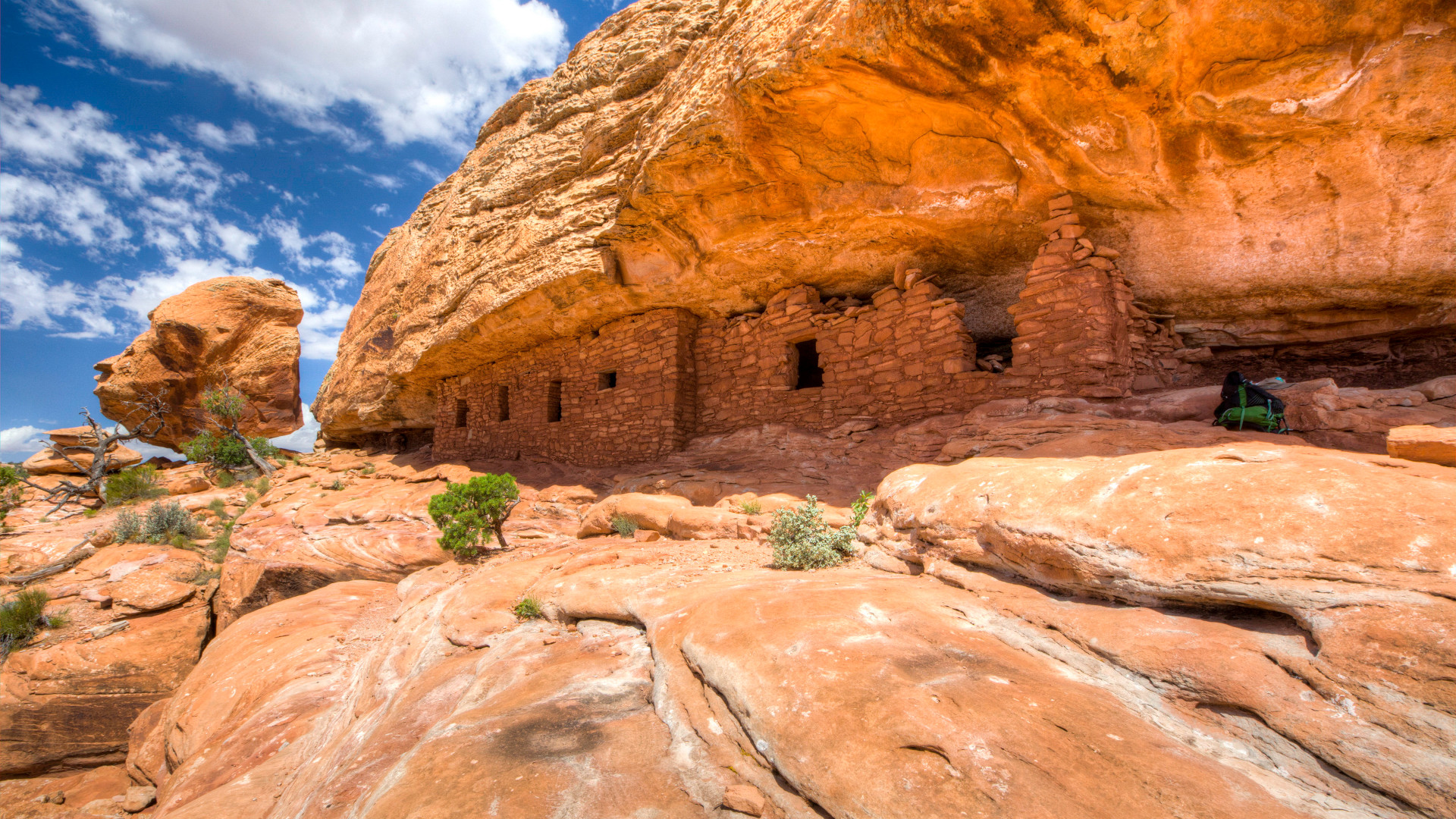
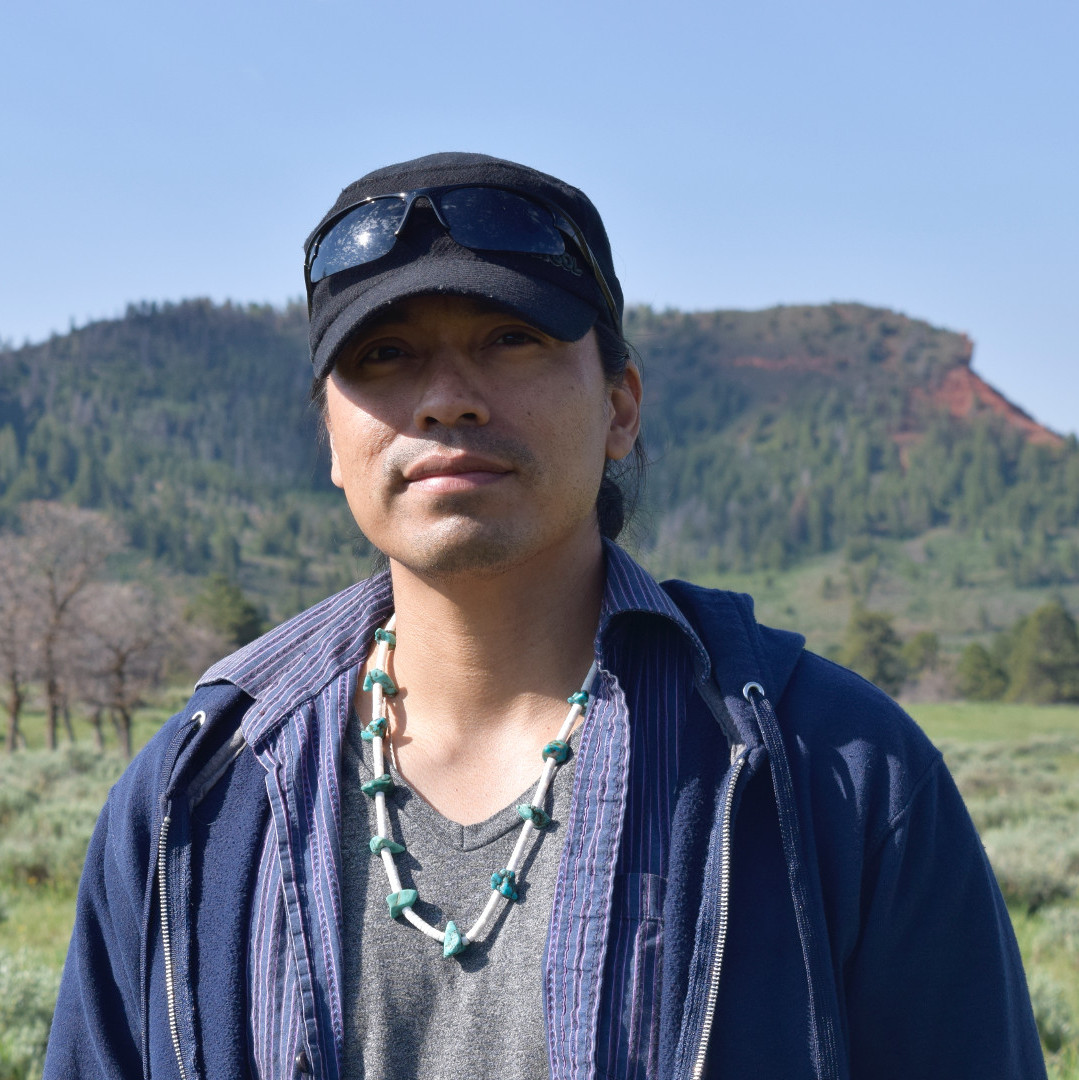
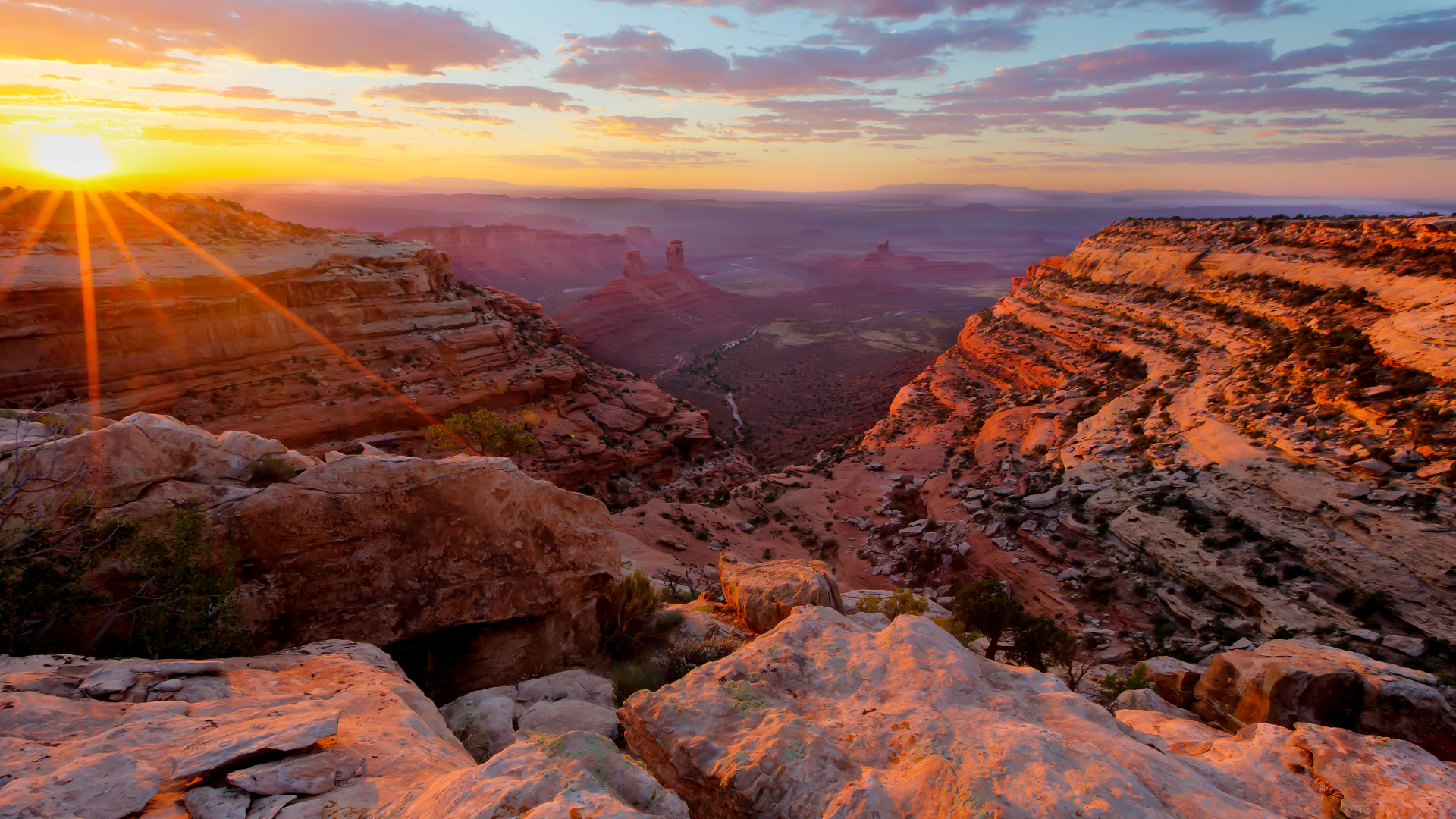
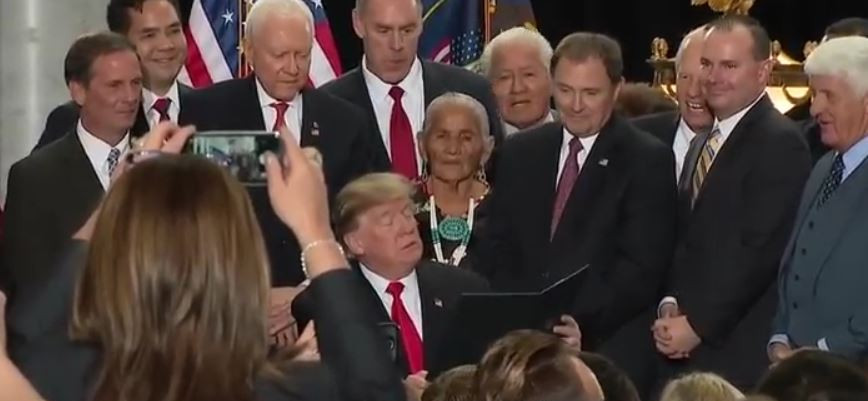
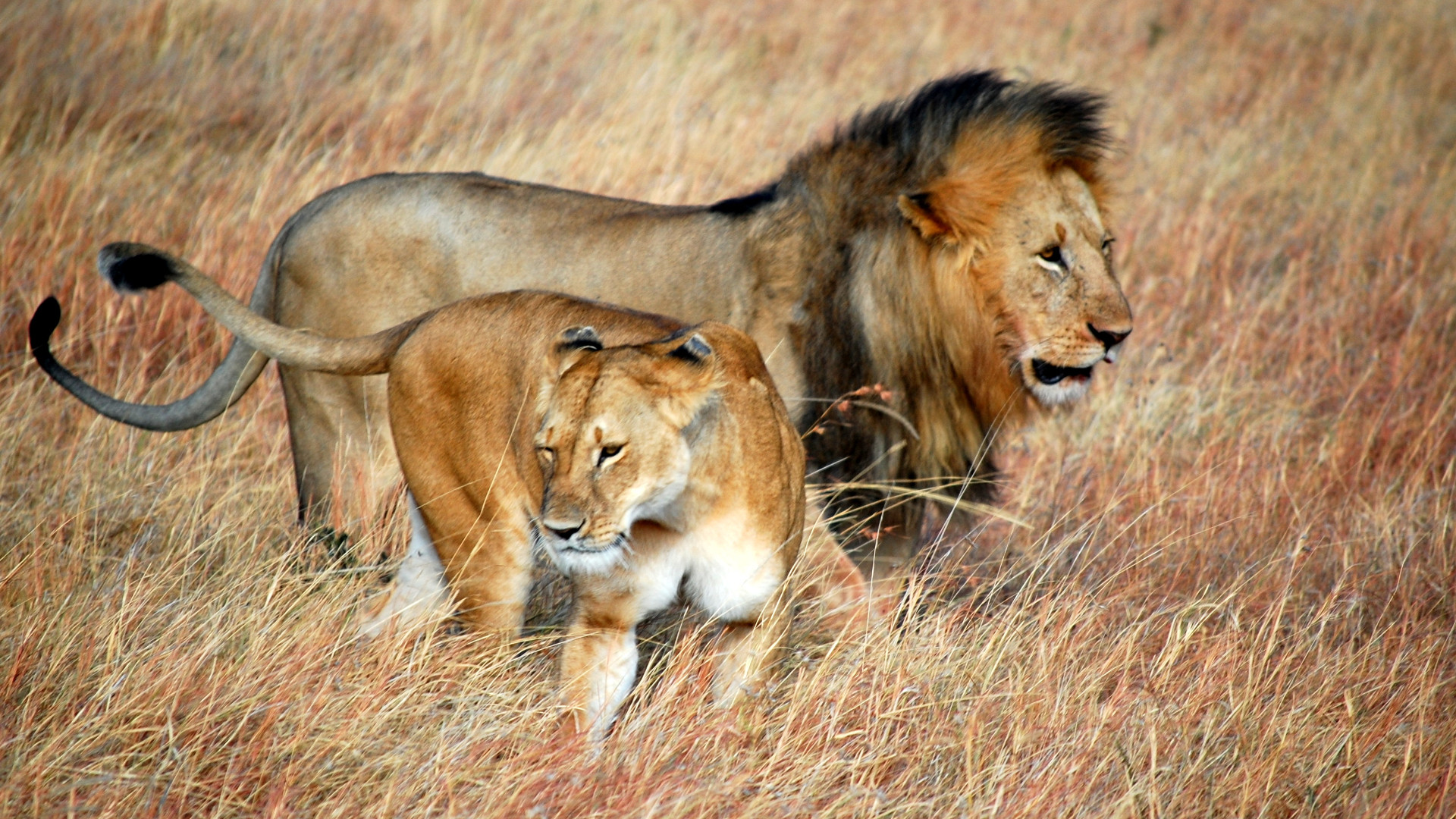
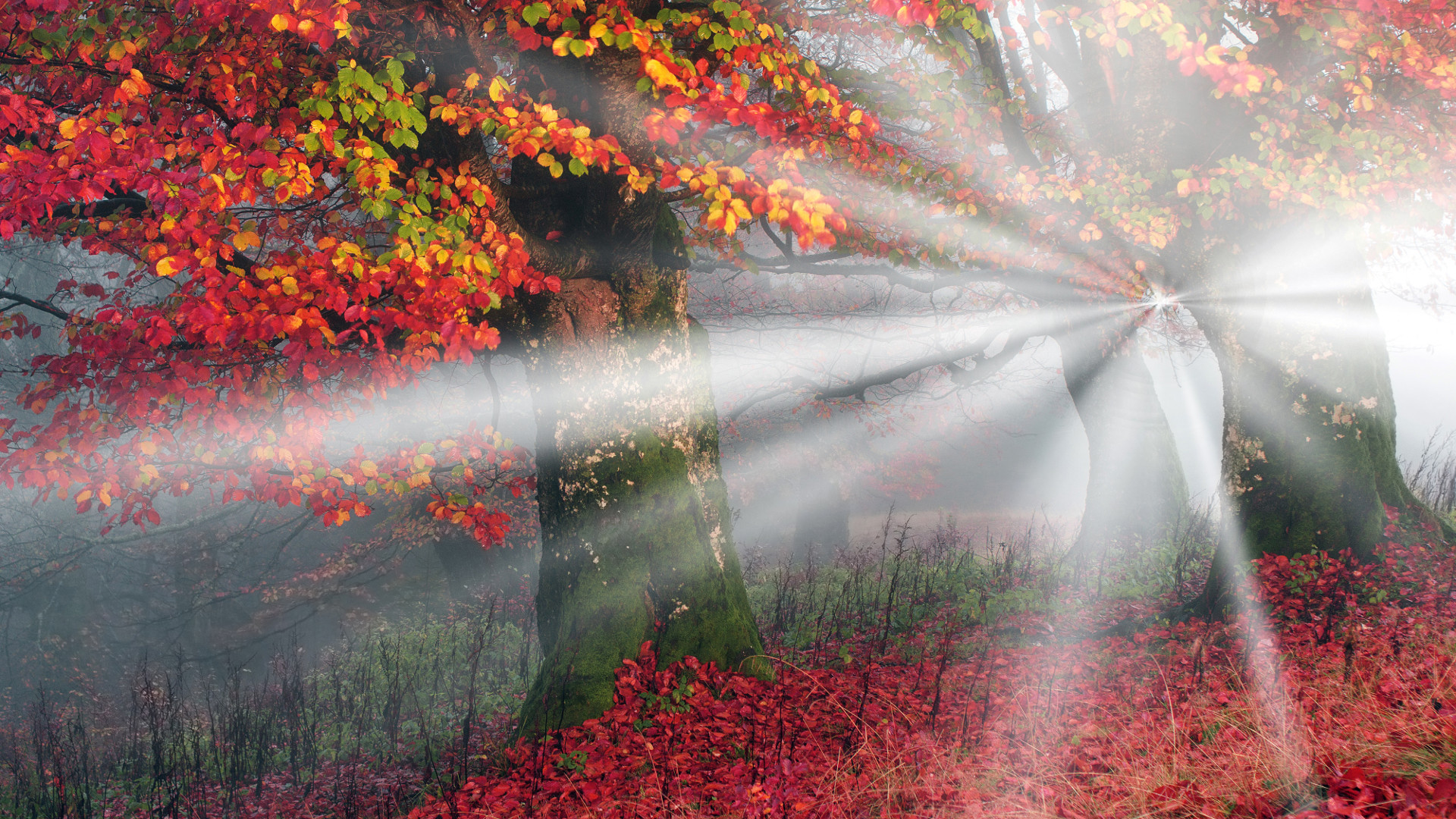
 Following Fifi: My Adventures Among Wild Chimpanzees, Lessons From Our Closest Relatives by John Crocker
Following Fifi: My Adventures Among Wild Chimpanzees, Lessons From Our Closest Relatives by John Crocker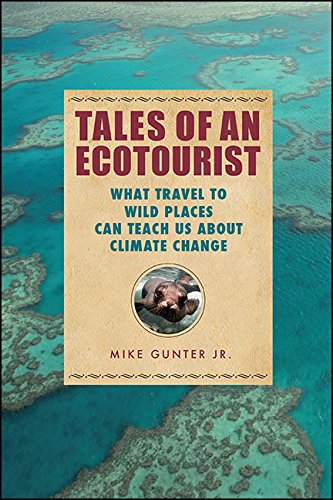 Tales of an Ecotourist: What Travel to Wild Places Can Teach Us About Climate Change by Mike Gunter Jr.
Tales of an Ecotourist: What Travel to Wild Places Can Teach Us About Climate Change by Mike Gunter Jr. The Global Warming Express by Marina Weber and Joanna Whysner
The Global Warming Express by Marina Weber and Joanna Whysner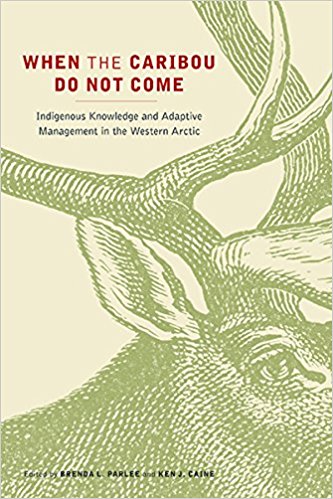 When the Caribou Do Not Come: Indigenous Knowledge and Adaptive Management in the Western Arctic, edited by Brenda L. Parlee and Ken Caine
When the Caribou Do Not Come: Indigenous Knowledge and Adaptive Management in the Western Arctic, edited by Brenda L. Parlee and Ken Caine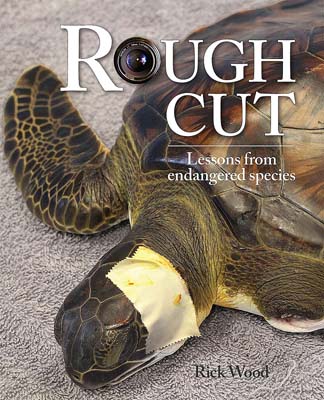 Rough Cut: Lessons From Endangered Species by Rick Wood
Rough Cut: Lessons From Endangered Species by Rick Wood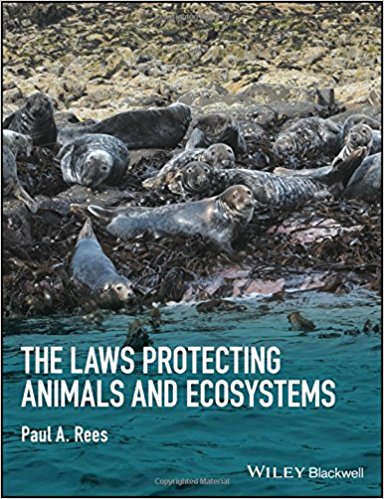 The Laws Protecting Animals and Ecosystems by Paul A. Rees
The Laws Protecting Animals and Ecosystems by Paul A. Rees



